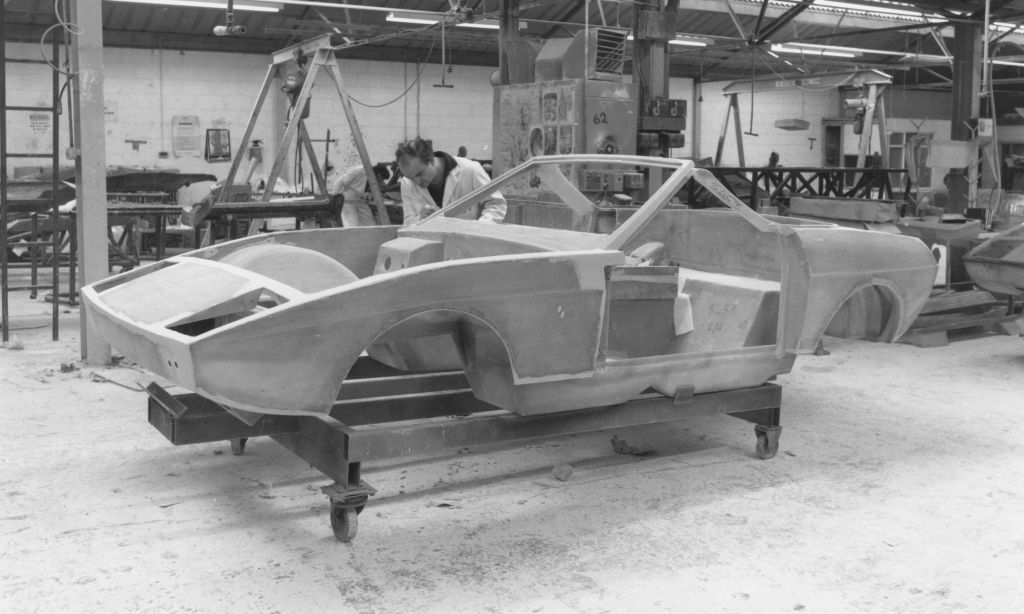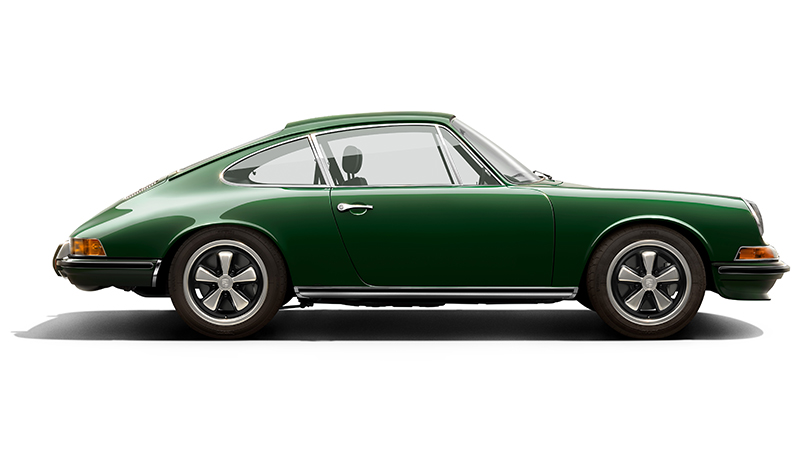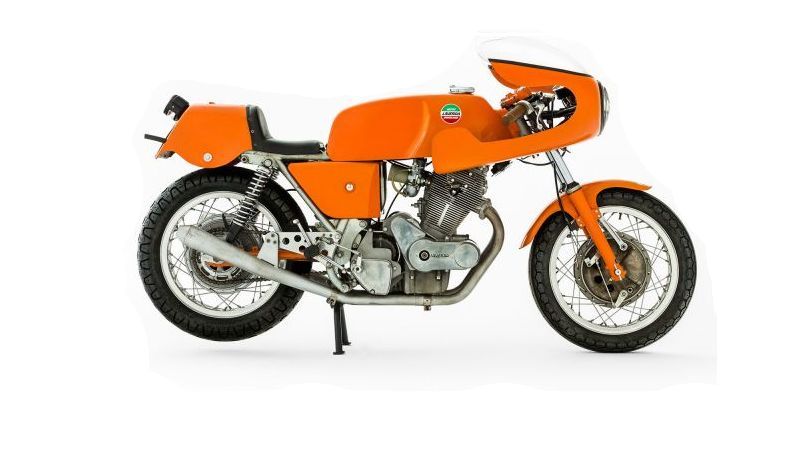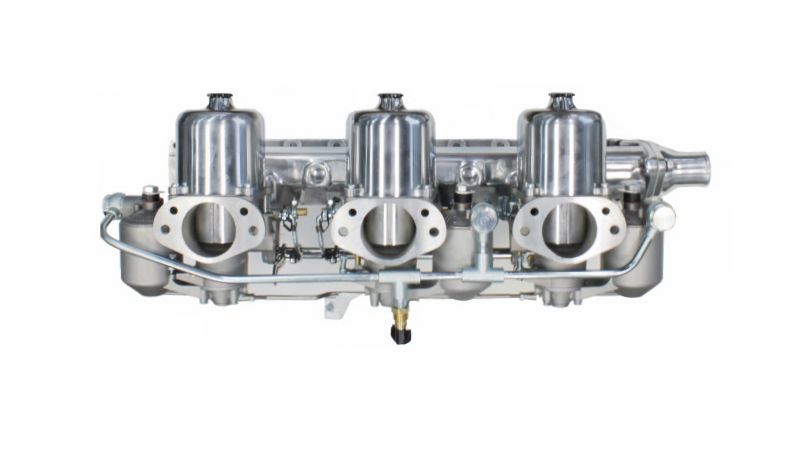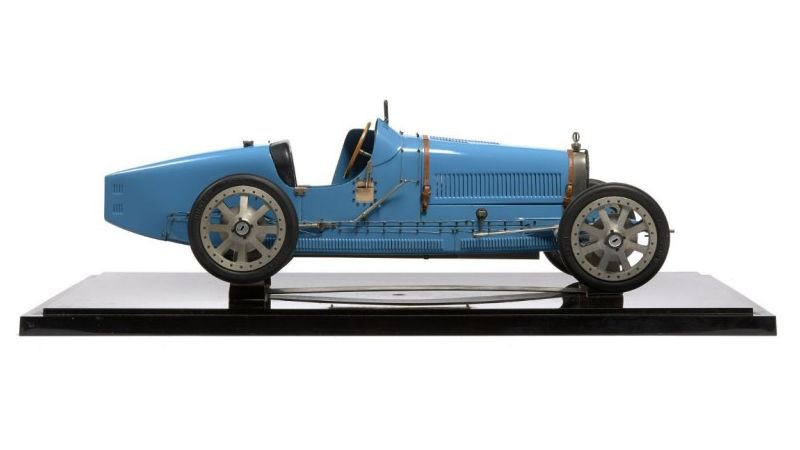TVR Motor Cars
the Spirit of Driving
The TVR story effectively began in 1947 when a young engineer, Trevor Wilkinson, built himself a light alloy special based on an Alvis Firebird rolling chassis. The first TVR with its own chassis was built in 1949 with Ford side-valve power.
By 1956, TVRs were being sold in the U.S. and in 1958 production of the Grantura was well and truly under way. By the standards of the day, Granturas were fast, agile and good-looking. Indeed something of a TVR formula was emerging: strong tubular steel chassis covered in good looking bodywork and propelled by a strong engine to give impressive performance at a very reasonable price.
In 1963 a major milestone was reached with the introduction of the first TVR Griffith, which was fundamentally a Grantura with a modified chassis and a big American V8 under the bonnet. Performance of these cars was very much in the AC Cobra league, enough to severely embarrass the Jaguars and Ferraris of the day.
In 1966 management of TVR was stabilised in the hands of the Lilleys and over the next few years the company gradually grew with the Grantura being replaced by the Vixen and the Griffith by the Tuscan V8. In 1970 TVR moved to its current factory in Bristol Avenue from where it has never moved, although the premises have been expanded enormously over the last 30 years.
In 1972, the M series was introduced which was to serve TVR extremely well through the '70s. As the years progressed the M was sold in fixed head coupe, hatchback, convertible and turbocharged forms, the last accelerating quicker than the Porsche 911 Turbo.
In 1980, the Tasmin was introduced with a new chassis, new body and a new engine. Power came from the Ford 2.8 unit and there were Coupé, Convertible and 2+2 models. In 1982 TVR's current owner and chairman, Peter Wheeler, took over and in the following year the first of the Rover V8 engined TVRs was introduced: the 350i. Over the years, the cars got faster and more sophisticated, culminating in the mighty 450 SEAC of 1988 that produced 324 bhp from a TVR modified 4500cc V8 engine.
A new chapter in TVR's history was introduced with the birth of the S, which went into production in 1987. Although it looked superficially like the M Series, it was an all-new car and with its stunningly low price, it transformed TVR's fortunes and saw production almost double in a year.
However, it was the Griffith that was really responsible for TVR's renaissance. The first cars were delivered to customers at the beginning of 1992 and the car was overwhelmingly successful. An order was taken on average every eight minutes at its first Motor Show and, with the introduction of the Griffith 500 in 1993, it reached the first rank of the instant classics. Although an era came to an end in 2002 when the last car rolled off TVR’s production line, the Griffith will be remembered more than anything as being the car that put TVR on the map.
The TVR Chimaera went into production in 1993 and since then more than ten thousand of them have been built, making it the most popular TVR ever. Still in production nearly ten years later, the Chimaera is the unsung hero of the TVR range.
In 1996, the first roadgoing TVR with a TVR designed and built engine, the Cerbera, was launched. Thanks to five years of development and two years of gruelling testing in the Motorsport arena, the Speed Eight engine, which propels it, has among the highest power and torque to weight ratios of any normally aspirated road engines for the road.
TVR’s second engine to be designed from a clean sheet of paper made its production debut the following year. The Speed Six engine benefits from the latest Motorsport technology but with its six cylinders in line it is firmly part of the tradition of the best of the British sportscars. Only a year later, TVR’s third engine made its competition debut as TVR moved up to the GT1 class. The mighty Speed 12 was powered by TVR’s own 880 bhp, 7.7 litre V12.
In 2000, deliveries of the new Tuscan began and it rapidly became TVR’s best selling model. The Cerbera Speed 12 was also introduced with the racing version scoring a maiden win at Silverstone in its very first season whereas in 2001, the Tamora was introduced to bring a new level of accessibility to the TVR range.
Now a new generation of TVR coupés is shown at British
International Motor Show. The T350 as well as the T400R and
T440R take TVR into a new sector of the marketplace and confirm
TVR’s place in the first rank of sportscar manufacturers.
We are looking for the following cars. If you do have any of the below listed vehicles - and you are ready to sell - please Contact Us.
| Roadcars |
|---|
| Cerbera |
| Chimeara |
| Grantura |
| Griffith |
| Tasmin |
| Tuscan |
| Vixen |
We buy, sell, broker, locate, consign and appraise exceptional classic, sports and collector TVRs'
Contact us when you are serious about buying a fine TVR Motor Car or to arrange a free and confidential valuation with a view to selling.
